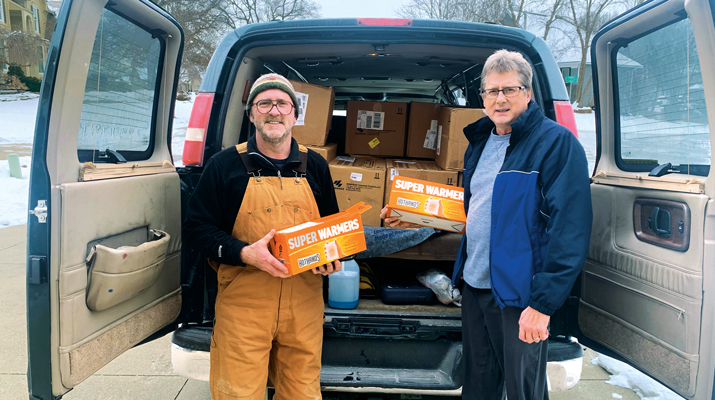Fatal house fire raises questions about gas supplier, others
We recently handled a case involving a house fire that resulted in serious burn injuries to one of the inhabitants. She ultimately lost her life. Her spouse sustained some burn injuries but to a much lesser degree.
The only surviving witness to the accident was the spouse. There’s no question a gas leak into the home ignited in this case. The ignition source was disputed, but a strong suspect was the decedent lighting a cigarette in the basement just before the explosion that took her life.
The gas leak came from a broken gas line on the outside of the home that was about 12 inches off the ground. The line did not have sufficient supports as code requires. There had been a blizzard in the area in the days leading up to this accident, and the blizzard was unusual in that it came from the opposite direction of most blizzards.
The blizzard put snow on the side of the home where the accident later occurred. The snow buildup caused the gas line to break. It is unclear exactly how the gas entered the basement, but a basement window crack along the wall with the gas line was a possibility.
The defendants in the case were the gas supplier, the company that leased the tank and a siding company that put up siding years before the accident.
The gas company was alleged to have not properly inspected the site when it delivered gas. The tank installed was 8.5 feet from the home instead of the required 10 feet, and the company was alleged it should have noted a lack of pipe supports.
There were also criticisms of the industry’s warnings program and the odorant in the gas. Written warnings were given to the homeowners, but they claimed they did not recall seeing them. The surviving spouse had a lot of familiarity with propane through his work. He actually installed the gas system to his home to include the pipe that failed.
The tank owner was a separate company from the propane retailer. Some of its owners were also owners of the propane retailer. The tank owner was never at the site of the accident. It was alleged it had the same responsibilities as the propane retailer – to inspect the tank placement and pipe installation, and to provide warnings about propane.
The siding company had put on new siding to the home about 12 years before the fire. This company was alleged to have removed some pipe fasteners when it installed the new siding, and that it failed to replace them.
There was a statute of repose in place that precluded lawsuits arising out of improvements to real property that occurred more than 10 years before an event such as this accident. The siding company attempted to avail itself of this rule during the course of the case. At the time the case resolved, this legal issue was still in play.
Lab testing demonstrated that even if the piping was fastened in compliance with code, the force needed to break the pipe was in excess of code requirements.
The defense took the position that there was no code duty to inspect anything more than the tank and the area immediately around it to be sure the tank was safe to fill. This area was code compliant. The tank being too close was not apparent when making a delivery, and this did not cause the leak.
The surviving widower installed the system, and he was responsible for any defects in it. The gas was tested and properly odorized. Written warnings from the Propane Education & Research Council had been given to the homeowners. The widower was trained in propane through his work.
The company that owned the tank looked to the retailer to perform any inspections needed, to warn and to provide properly odorized propane. It adopted the defenses of the retailer.
The siding company claimed it never removed any pipe fasteners. Some post-accident photos and investigator testimony showed no holes existed for the missing fasteners in the wall under the siding. In addition, the siding company alleged it could not be subject to suit because it performed its work more than 10 years before the accident.
Ultimately, the case resolved in a confidential settlement. The takeaway is that exposure in this type of case can be far-reaching and involve novel liability theories.
John V. McCoy is with McCoy Leavitt Laskey LLC, and his firm represents industry members nationally. He can be reached at 262-522-7007 or jmccoy@MLLlaw.com.
















